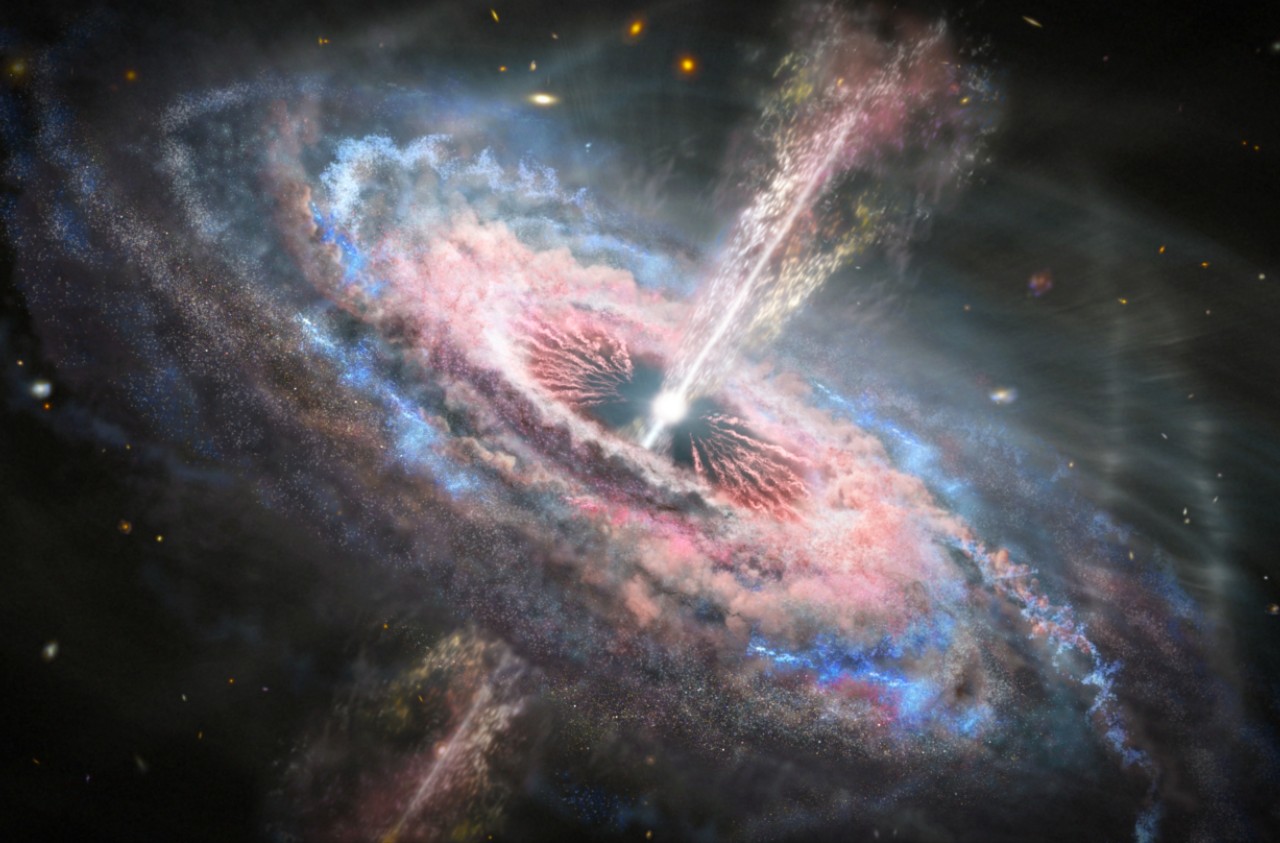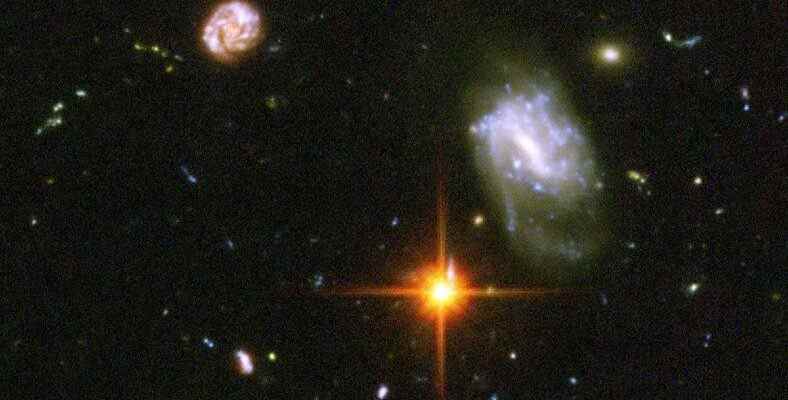Distant star known to date has been discovered. It is estimated that the ancient star could shed light on the early days of the universe’s history.
The Hubble Space Telescope, which was sent into space in 1990, continues to reveal the surprises of the infinite universe with every discovery it makes. Now, the telescope, which has been discovered to date, the farthest star—or possibly the star system— reportedly detected.
Officially named WHL0137-LS but in Old English by the astronomers who discovered it “morning Star” or “rising light” meaning Earendel the formation of the star, called the universe, early It is said to be from his time. An article on the discovery published in Nature reveals many more interesting information about this ancient star.
8.2 billion years older than Earth and the Sun
In the research article, only after the Big Bang occurred. 900 million years It is exactly how the light emitted from the Earendel system, which is then predicted to take the shape it looks today, reaches Hubble. 12.8 billion years reportedly received. However, from the Sun and Earth 8.2 billion years The star system, which is stated to be older, is one of the first animal forms to exist on Earth. 12.1 billion years It is recorded that he is older.
Moreover, Earendel stands out even among the ancient star standards known until now. Earendel is 9.4 billion years old, the oldest known star until this discovery. IcarusIt is noteworthy that it is 3 billion years older than . However, even the oldest supernovae, which are also easy to detect as they are usually the brightest objects in space, can be detected from Earendel. younger is stated to be.
the galaxy where Earendel is located sunrise arc for Johns Hopkins University astronomer and lead author of the journal Nature, Brian Welch, “This galaxy appears to be magnified and stretched into a long thin crescent due to the gravitational lensing effect of a massive foreground galaxy cluster” saves as.
Earendel may shed light on the early universe

The ancient star Earendel, which Welch and his team spent three and a half years on to understand that it is a star team, history of the universe It is estimated that there may be a lot of new information about him. “With distant objects, we know the past of the universe and the universe more than it does today. it looks different we see a time Expressing it as Welch, “We know that galaxies looked different during this early period, and we know that there have been relatively few generations of stars that have come before.” he adds.
Stating that stars are ‘factories’ of heavy elements in our universe, formed by the combination of lighter atoms such as hydrogen and helium to form heavier substances such as carbon, oxygen and even iron through nuclear fusion, Welch said that Earendel was probably made of helium in his system at an early stage in the history of the universe. He also notes that it has very few heavier materials. On the subject, Welch, “Studying this lensed star in detail has given us a glimpse of the stars in the early days. what you look like and stars in the near universe how they are different opens a new window on conveys the form.
However, thanks to the James Webb Space Telescope, which will begin operations soon, it is expected to understand whether Earendel is a single star system or a cluster of star systems. Also, whether Earendel is a single star or a binary system, temperature and mass It is thought that such information can also be learned.
RELATED NEWS
James Webb Space Telescope Will Sniffly Search for Methane Gas in Hopes of Finding a New Planet
Source :
https://www.theverge.com/2022/3/30/23002980/earendel-hubble-most-distant-star-gravitational-lensing-jwst
